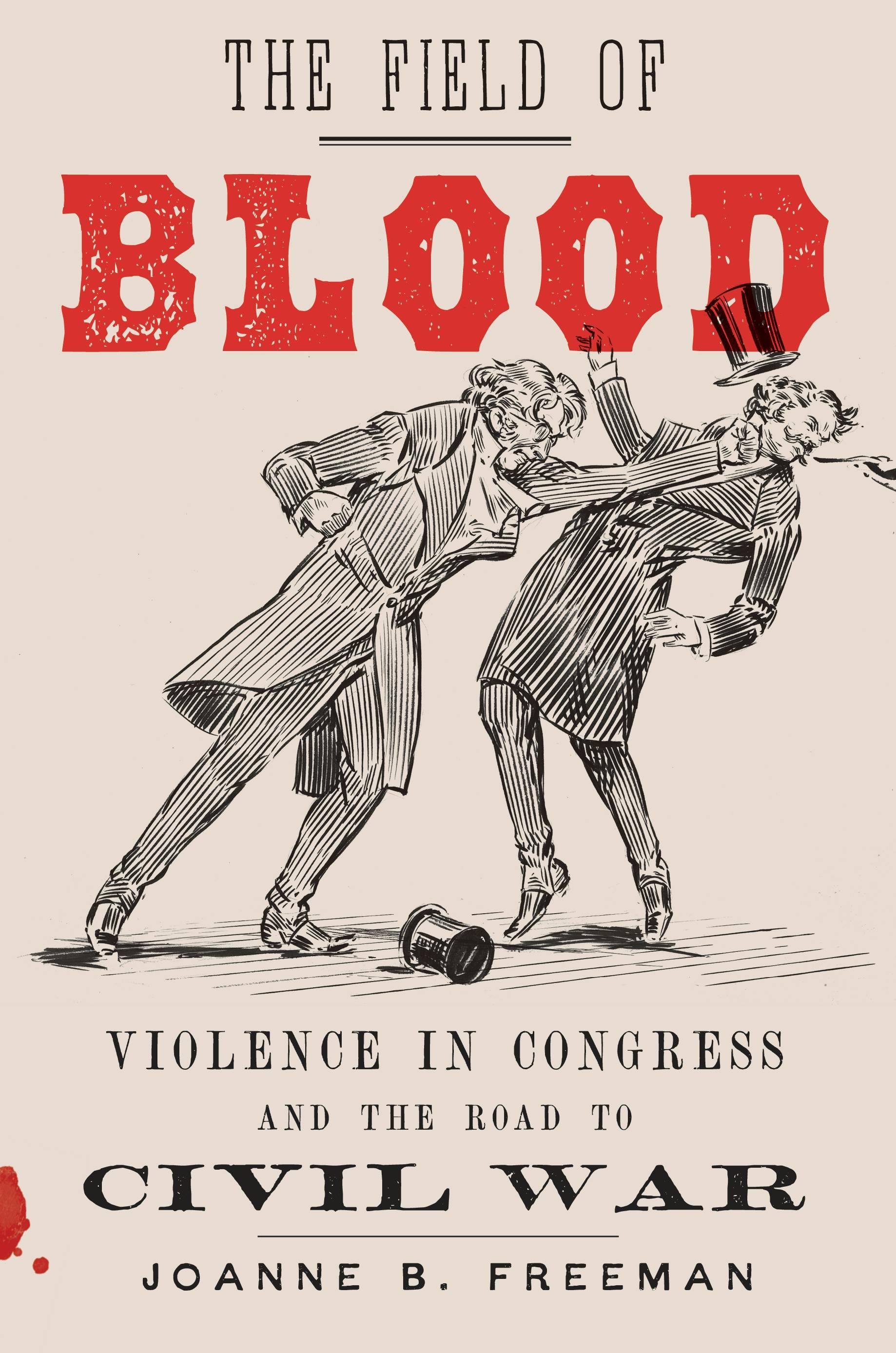Governing: The history of this country has been fundamentally and repeatedly compromised by race. As a historian, what do you make of that?
Joanne Freeman: One obvious factor is that from the beginning, the South was a slavery-based regime grounded in violence and mastery and a variety of different things that were highly useful in a national body with people that didn’t play by those rules. The willingness to be armed and violent, along with being united on the issue of slavery and race, was powerful for Southerners ... [given] their culture of honor.
Governing: This was a crisis in American life, with violence played out on the floor of the House of Representatives. It wasn’t merely about slavery — it was about fear of loss of power — but publicly it was about slavery.
Joanne Freeman: The book covers the 1830s, 1840s and 1850s. Huge growth was happening, and every new state raised the issue of whether slavery was going to be bound to the South or allowed to spread. But it was also really about maintaining power at a time when it was not clear where national power was going to go. It was about a group of people not sure whether they had the demographics to hang onto power by democratic means. Violence was awfully handy in that situation. If you could intimidate people into backing down, or into assuming that you actually were a majority, that was a powerful maneuver. In the book, I show Southerners threatening and intimidating Northerners into backing down on a lot of things, but more often than not on the issue of slavery. The key was that they were violent sometimes. They didn't have to be violent all the time. They just had to seem willing to be violent. If you were a Northerner and you were called out by a Southerner who might challenge you to a duel or pull out a knife or a gun, you were not going to confront that person. You were going to sit down and shut up. That's really effective.
Governing: This was a time when, if you're elected from Vermont or New Hampshire, you had to assume that you may be in physical danger if you speak your mind.
Joanne Freeman: Yes, but I discovered that the loudest abolitionists and anti-slavery advocates all used some sort of shtick to keep themselves safe and to gain an edge. Joshua Giddings of Ohio, for example, was a big guy who wasn’t afraid of fighting. He said whatever he wanted, and then basically said, "If you want to fight me, come on and bring it."
